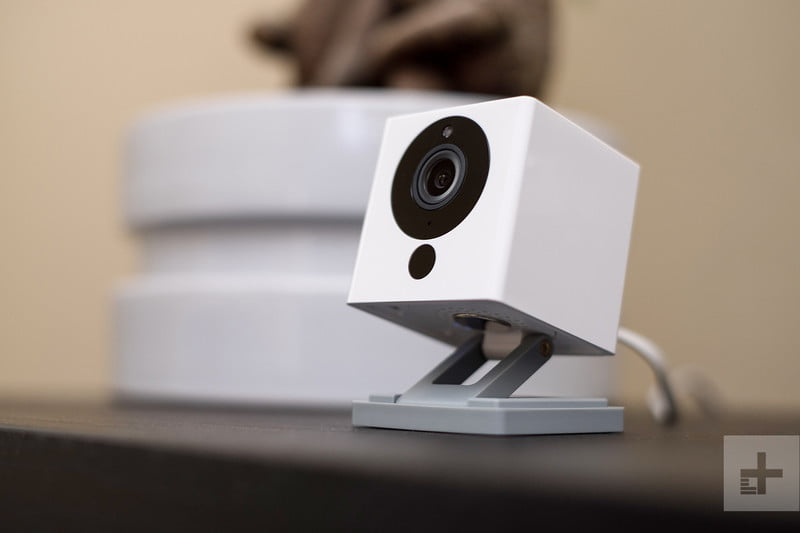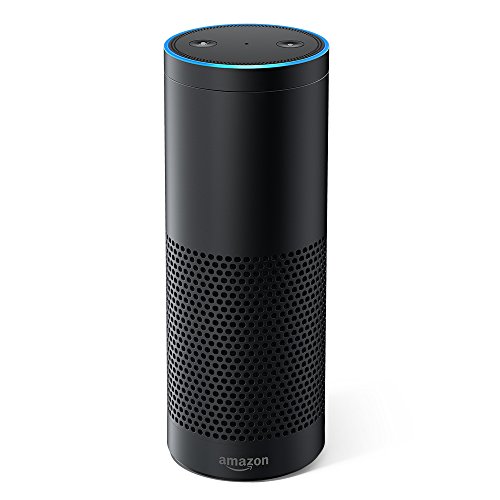Five new stories in tech
- Bitcoin futures hit the market, Bloomberg reports.
- TechCrunch says Uber settled a lawsuit filed by a rape victim in India whose medical records Uber execs allegedly obtained.
- Axios’ Kia Kokalitcheva looks at the technology behind the Tasty-Walmart deal.
- Apple is moving toward buying Shazam, per TechCrunch.
- The Koch brothers are partnering with Silicon Valley-linked groups as they look to become bigger players in tech policy, Politico reports.
- “Sexism in the tech industry is as old as the tech industry itself,” writes WSJ’s Chris Mims.
Enterprise software will threaten the jobs of managers and even execs in 2018
More companies are using software to assign tasks to full-time workers similar to the on-demand economy, says the Wall Street Journal.
GE and Shell are trying out the approach. Both told the paper they’re going to expand those projects in the new year.
- “Companies say the new tools make them more efficient and give employees more opportunities to do new kinds of work. … Researchers say the shift could lead to narrower roles for some managers and displace others,” WSJ writes.
Ater decades of shearing off layers of workers at the bottom of the pyramid, automation is bubbling up into management, threatening middle-ranking jobs and, eventually, officers near the top of the corporate ladder.
Posted in: Infographic of the day | Leave a CommentWhat channels should your brand be on in 2018? Messaging and Voice
Why are so called own label brands doing so well? The answer is: We no longer trust brands.
Is it a mere coincidence that the value of Bitcoin soars as trust in institutions drops? So what do consumers trust?
Our smartphone is one of the last mediums of trust.
Meanwhile, the growth of messaging apps marks a shift away from social media towards direct communication.
Everyone answers their messages (at least they do now). This represents a new opportunity for brands.
The other opportunity is Voice in the home. In 2016 7% of homes used a voice based device. By 2020, it’s thought that number will reach 75%.
Posted in: Infographic of the day | Leave a CommentUber paid a 20 year old to destroy data he’d stolen from 57 million customers
Uber paid a 20-year-old man in Florida $100,000 to destroy data from 57 million passengers and 600,000 drivers that he’d stolen in a 2016 breach, Reuters reports.
The man was paid through a “bug bounty” program companies use to pay hackers to test their software for vulnerabilities, although it appears that the hacker stole the information first and was then retroactively entered into the bug bounty.
Posted in: Infographic of the day | Leave a CommentFacebook, Google and Snap dominate list of top apps of 2017
Apple released its list of top free iPhone apps for the year and, once again, the list was dominated by titles created by Facebook, Google and Snap.
Their apps, which combined led the top seven spots, were followed by Netflix, Spotify and Uber.
Why it matters: These companies dominate the share of ad spending so it’s vital to their future to have top-ranked mobile apps as well.
On the other hand, it’s getting harder and harder for others to find their way to the top of the charts.
Posted in: Infographic of the day | Leave a CommentHow Amazon is driving down prices in consumer tech – and beyond
 Amazon is driving down prices in consumer tech, reports the New York Times, and changing the nature of brands in the process.
Amazon is driving down prices in consumer tech, reports the New York Times, and changing the nature of brands in the process.
Experts believe the future of consumerism looks like this: we’re going to get better products for ludicrously low prices, and big brands across a range of categories are going to find it harder than ever to get us to shell out big money for their wares.
There’s a hidden hero in this story — or, if you’re a major brand, a shadowy villain. It’s Amazon.
Let’s take an example: Wyze is a camera that automatically shoots video and stores it online until you want to view it. It costs $20. Nest’s and Netgear’s comparable indoor cameras sell for around $200 each
Wyze’s low prices are instead born of two ideas, both connected to Amazon
To hit the $20 price, Wyze licensed the camera’s hardware from a Chinese company, then created its own software. It also cut out just about every middleman, including most retailers.
Wyze is just breaking even on its first camera. How do they know it will sell? Amazon.
Customer rankings and reviews on Amazon have become just about the most important factor in how consumers buy electronics products; because Amazon pages come up high on search results like Google’s, a positive rating on Amazon can effectively make a brand — and a negative rating can break one.
Here’s how companies such as Wyze operate on Amazon: to win a certain product category — portable chargers, say, or children’s night lights — the company is obsessive about monitoring customer feedback, including the rate at which its products are returned.
One company hired industrial designers to improve the look of its devices — which also helps it stand out from other commodity devices on Amazon’s results page.
They spent heavily on Amazon ads (these show up as “sponsored” results on Amazon’s search page), and sometimes sold products at a loss during one of Amazon’s daily or seasonal deals to get a boost that lifted all of its products in the website’s search rankings.
Other companies view Amazon as a kind of product road map — they look for categories dominated by high-priced items from well-known brands, and then try to create better, cheaper versions
“As this takes off, it really makes you start to question, you know, what is a brand in the Amazon age?” said Scot Wingo, executive chairman of ChannelAdvisor, an e-commerce consulting firm.
“In a way, Amazon is providing all this information that replaces what you’d normally get from a brand, like reputation and trust. Amazon is becoming something like the umbrella brand, the only brand that matters.”
Posted in: Infographic of the day | Leave a Comment
Massive variety of clandestine trackers found in popular Android apps
A staggering variety of clandestine trackers have been found in popular Android apps, reports The Intercept.
Researchers at Yale have documented the proliferation of tracking software on smartphones, finding that weather, flashlight, ride-sharing, and dating apps are infested with dozens of different types of trackers collecting vast amounts of information to better target advertising.
“Researchers identified 44 trackers in more than 300 apps for Google’s Android smartphone operating system. The apps, collectively, have been downloaded billions of times.”
One type of script allows whoever owns the website you’re perusing to literally watch whatever you’re doing. Called “session replay” scripts, these services record everything you type, where you move your mouse, and more.
This isn’t anonymized data collection–it’s very personal, say The Intercept.
It’s “as if someone is looking over your shoulder,” write the Princeton computer science researchers.
Posted in: Infographic of the day | Leave a CommentUK TV has “ten years” to meet the existential threat posed by Amazon and Netflix

The BBC, ITV and other leading public service broadcasters across Europe face an existential challenge over the next five to ten years from US technology giants such as Amazon and Netflix, television executives have warned.







